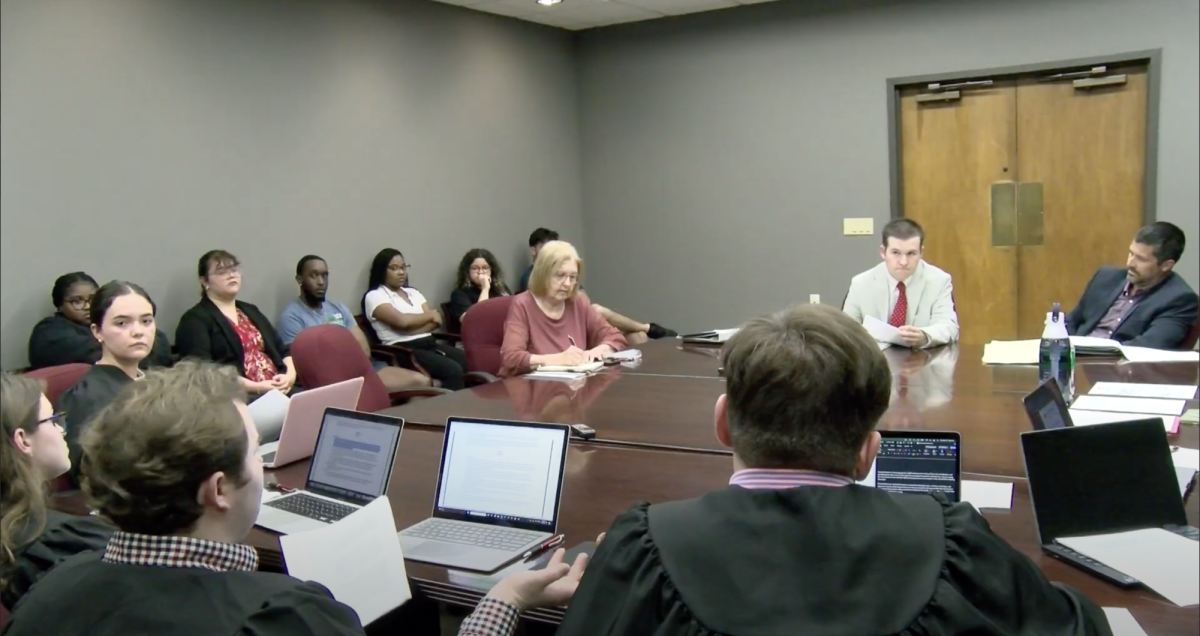Area residents gathered at the Houma-Terrebonne Civic Center on Tuesday for an open house and public hearing concerning the state’s new 50-year, $50 billion coastal-protection and restoration plan to help restore and protect the vanishing coast.
The 2012 Master Plan is for both coastal restoration as well as hurricane protection. It will use billions of dollars from state and federal funding as well as sources such as offshore-drilling income and fines from the BP oil-spill in order to pay for 381 various projects designed to restore and protect Louisiana’s coastal wetlands over the next 50 years.
The final plan will be based on input from the public hearings such as the one on Tuesday and reviewed by the CPRA on March 21. The CPRA will then submit the plan to the Louisiana State Legislature for consideration on March 26.
Comments can also be submitted online or by mail through Feb. 25 to the Coastal Protection and Restoration Authority (CPRA) of Louisiana, 450 Laurel St., Suite 1200, Baton Rouge, LA 70804-4027.
The last coastal master plan was created in 2007, but Louisiana law requires it to be upgraded every five years so that the state can respond to changes on the ground as well as innovations in science, engineering and policy.
Since 1930, the state has lost about 1,900 square miles. At one time, the loss was estimated at a football field every 16 minutes or less.
According to the United States Geological Survey (USGS), if nothing is done to strengthen the coast, much of coastal Louisiana will be under water by 2060.
The new plan calls for the restoring and rebuilding of wetlands, shorelines, headlands and barrier islands that once gave protection from storms but have since eroded.
According to the CRPA, the primary causes of land loss in Louisiana include the construction of dams and levees that have channeled the Mississippi River and its tributaries into the Gulf of Mexico, oil and gas development in federal and state waters, sea levels rise and the development of human communities in the coastal area.
These areas protect communities and critical oil and gas transportation from storm surge, support 19% of the nation’s annual waterborne commerce and provide 26% of the nation’s commercial fishing landings.
$10.7 billion of the potential $50 billion in funding would be spent on projects to protect southwest Louisiana. This includes Calcasieu, Cameron and Acadia parishes as well as a levee to protect Lake Charles.
$7.5 billion would be used for projects in the central region. This includes Vermillion through St. Mary parishes. This would go to building structures to protect Abbeville, Franklin and Morgan City.
$10.2 billion would go to the region from Terrebonne to central Plaquemines involving rerouting water from the Mississippi River.
The Lafourche-Terrebonne region would receive $8.9 billion to use for coastal restoration and levee projects.
The remaining $14.2 billion would be used for the largest region—the Lake Pontchartrain area, through Orleans, St. Bernard and the remainder of Plaquemines parishes.
These various projects include the building of protective levees, bank stabilization, barrier island restoration, channel realignment, hydrologic restoration, marsh creation, oyster barrier reefs, ridge restoration, sediment diversion and shoreline protection.
Other “nonstructural protection” projects include flood-proofing and elevating buildings.
The public comment section of Tuesday’s hearing welcomed many Parish Presidents, state representatives and senators from the area that voiced their comments, opinions and suggestions concerning the new plan.
Sen. Bret Allain commended the organization for creating the 2012 Master Plan, but also suggested that an additional plan be added.
“One of the projects that is near and dear to my neighborhood is to put a permanent structure into Bayou Chene,” Allain said. “In the last flood of the Atchafalaya River so many people were at risk. There was a project where a barge was actually sunken in Bayou Chene to stop the water from coming up.”
Allain went on to say that conservative estimates of 5,000 homes were spared from flooding when the barge was sunk.
St. Mary Parish President Paul Naquin agreed with Allain, and said that he will be at every future meeting to make sure that a permanent structure is put into Bayou Chene.
Sen. Sam Jones also agreed with the Bayou Chene project.
“The first and foremost job is to protect people,” Jones said. “The Bayou Chene project has stopped flooding several times in several parishes, and it needs to be in the project. Next to what they (Allain and Naquin) said, I would like to put my comment next to them, and next to it you can put in parentheses, ‘on steroids.’ “
Terrebonne Parish President Michel Claudet disagreed with the plan spending money on the western part of the parish.
“The western part of the parish is uninhabited, so that money should not be spent there,” Claudet said. “It should be spent on headland repair on our eastern side because that is where most of our people live.”
Claudet also disagreed with the way that funding would be spent across the area.
“The way that you are equalizing the funding is not fair, and truly, I am disappointed,” he said.
Sen. Norby Chabert, expressed his disappointment with the projects set for Terrebonne Parish.
“The district that I represent is the epicenter of coastal land loss,” Chabert said. “I review this master plan and see that we have been blatantly and basically left behind in terms of projects.”
In the current draft, over $2 billion is set for elevating homes in the Houma and Terrebonne Parish area. Chabert said that 350 homes have already been elevated in the area, and there is a lot more that needs to be done.
Chabert also said that using strictly science to decide what projects would be done is not the correct way to create this plan.
“Science has damned these people,” he said. “We have been suffering through scientific study after study after study, and it has led to nothing but more floods, more coastal land loss, and we are tired.”
Chabert went on to say that while the plan promises to help communities, there are still communities that would be “left behind.” He suggested focusing more on what the residents of the area need instead of a scientific approach.
“Relying strictly on the science and what the environmentalists want as opposed to what the people want and what is necessary to keep our homes and communities together is a tragedy and a travesty and this is not a plan that I can support,” he said.
The draft for the 2012 plan is available to view at www.CoastalMasterPlan.la.gov, the official support Web site.












